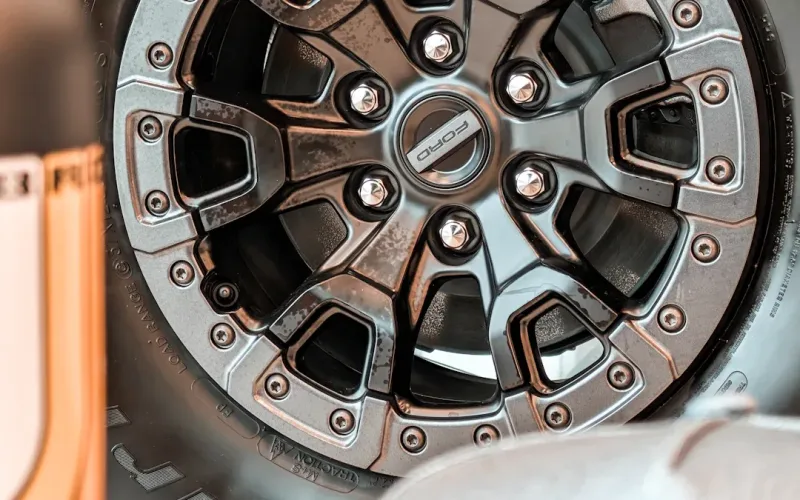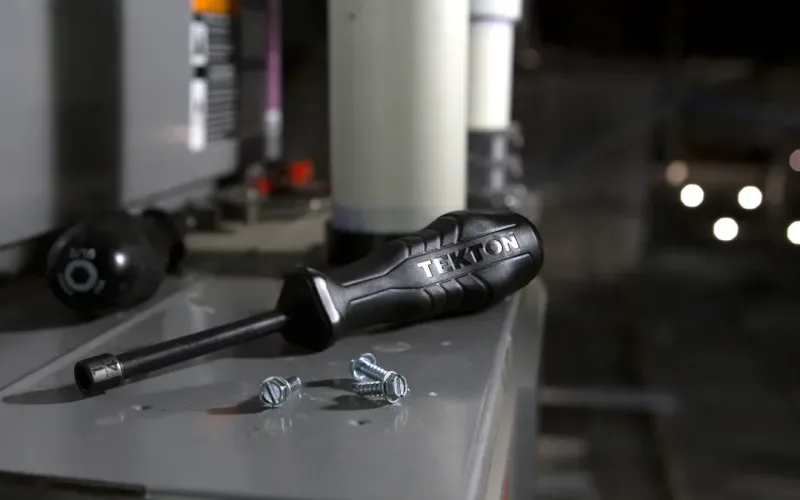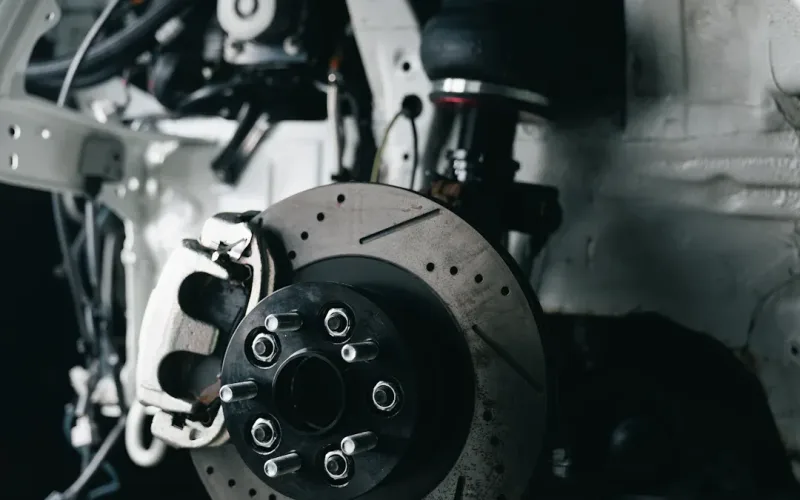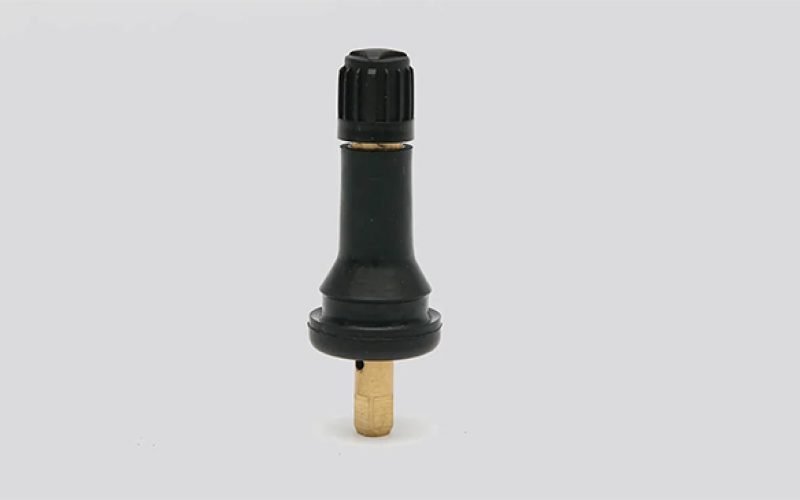

admin1
September 5, 2025
3 Tire Valve Stem Sensor Stats You Should Know

When you look at tire valve stem sensor stats for 2025, three numbers stand out. Check out this quick table:
| Statistic | Impact |
|---|---|
| 35% fewer tire-related incidents | You get better safety |
| 1 in 10 motorway accidents | Sensors help prevent accidents |
| Up to 12% less maintenance cost | You save money every year |
Sensors now give you real-time tire pressure and health updates. You get instant alerts for leaks or low pressure. Many models connect to your phone, so you see tire info wherever you go. The market keeps growing thanks to safer cars and smarter tire valve stem sensor designs.
Tire Valve Stem Sensor Accuracy and Real-Time Monitoring

Importance of Accuracy for Tire Safety
You want your tires to keep you safe on the road. Accurate tire valve stem sensors help you spot problems before they get serious. When sensors work well, you get fewer tire-related incidents. Take a look at how companies improved safety with better sensor accuracy:
| Company Name | Improvement in Tire-Related Incidents | Additional Benefits |
|---|---|---|
| ABC Trucking Company | 30% decrease in accidents | Enhanced delivery schedules and customer satisfaction |
| XYZ Transport | 20% reduction in incidents | Proactive problem resolution before blowouts |
| Midwest Transport Solutions | 40% reduction in incidents | Minimized repair costs and downtime |

You can see how a reliable tire valve stem sensor makes a real difference. Fewer accidents mean safer trips and less stress for you.
Leading Tire Valve Stem Sensor Models with High Accuracy in 2025
You want a sensor that gives you the right numbers every time. The best tire valve stem sensor models in 2025 keep the difference between displayed and actual tire pressure very low. Most top sensors show only a 1.2% to -1.5% difference. The largest gap found is just 3.3%. That means you get almost exact readings, so you know when your tires need attention.
But what causes sensors to give wrong numbers? Here are the most common reasons:
- Low battery voltage can mess up readings or shut down the system.
- Damage from road debris may break sensors and cause errors.
- Extreme temperatures affect batteries and pressure readings.
- Corrosion from moisture or chemicals can rust sensor parts.
- Old sensors sometimes fail to send accurate data.
- Faulty wiring can stop information from reaching your dashboard.
If you choose a high-quality tire valve stem sensor, you avoid most of these problems. You get peace of mind knowing your sensor is working hard for you.
Real-Time Monitoring and Its Impact on Performance
You want to know what’s happening with your tires right now, not later. Real-time monitoring gives you instant updates. Some systems report every 100 milliseconds, while others send data with every wheel turn. Flat tire monitors can even check every 5 to 10 milliseconds. That means you get alerts fast if something goes wrong.
Why does this matter for your car’s performance? Real-time tire pressure monitoring helps you:
- Keep your vehicle handling smooth and steady.
- Improve braking, so you stop safely.
- Save fuel by keeping tires at the right pressure.
- Avoid blowouts and sudden flats.
If your tire valve stem sensor spots low pressure, you get a warning right away. You can fix the problem before it gets dangerous. You spend less on repairs and drive with confidence.
Tire Valve Stem Sensor Battery Life and Durability
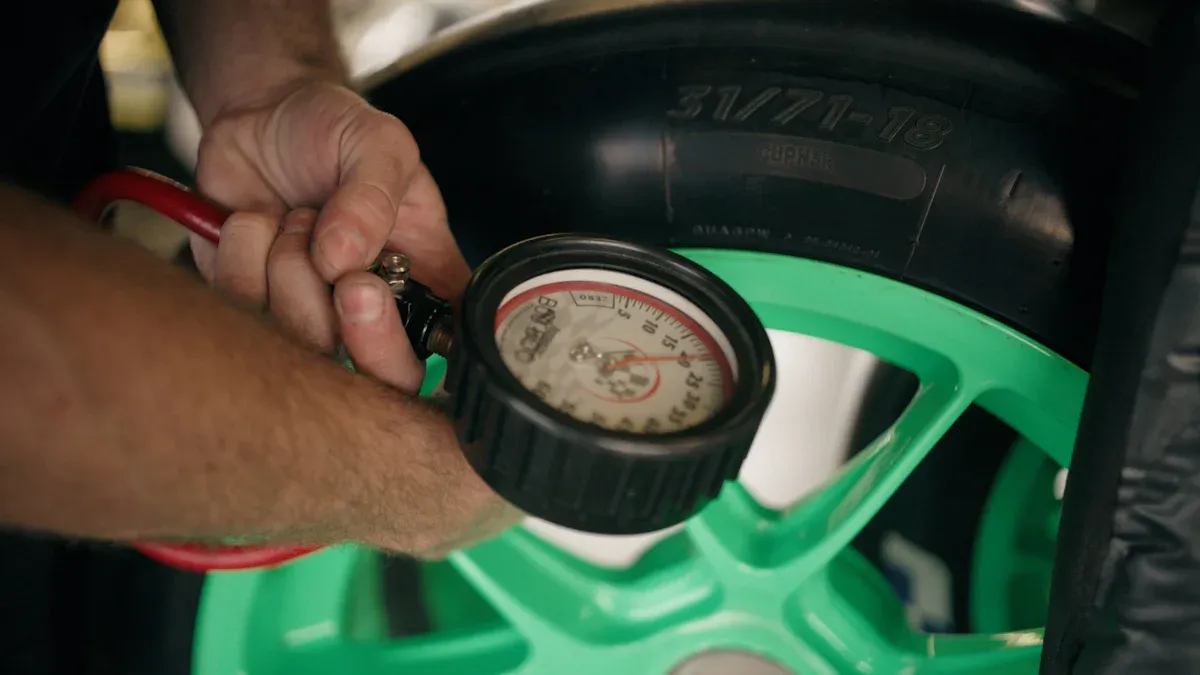
Average and Best-in-Class Battery Lifespans for 2025
You want your tire sensors to last as long as possible. Most tire valve stem sensors released in 2025 come with batteries that keep working for years. Here’s what you can expect:
- The average lifespan of an OE TPMS sensor is about 7 years, but some last from 5 up to 12 years.
- Lithium-ion batteries in these sensors usually last between 5 and 10 years.
- If you drive in cold weather, your sensor battery might last longer. Warm climates can shorten battery life.
- Frequent driving in stop-and-go traffic makes the sensor send more signals, which can drain the battery faster.
You don’t have to worry about changing these batteries every year. Most drivers only need to replace their sensors after several years of use.
Most Durable Tire Valve Stem Sensors for 2025
You want sensors that can handle tough roads and wild weather. Manufacturers use strong materials and smart designs to make sure your sensors last.
- Metal valves made from brass and stainless steel resist corrosion and stand up to extreme temperatures.
- Reinforced valve stems and cores help sensors survive high pressure and rough conditions.
- Synthetic rubber gaskets keep the seal tight and prevent air leaks.
Let’s look at some top models for durability:
| Sensor Model | Key Features | Durability Recognition |
|---|---|---|
| Autel 1-Sensor | Can replace 99% of vehicle TPMS sensors, unmatched reliability in aftermarket | Best-selling TPMS sensor in the aftermarket |
| Autel MX-Sensor | Built to perform like OE sensor, corrosion-resistant aluminum valve stem | Tested to meet SAE industry standards |
The Autel MX-Sensor stands out because it uses an anodized aluminum valve stem. This design fights corrosion and keeps working even in harsh weather. Both Autel sensors meet strict industry standards, so you know they’re built to last.
Tip: If you drive in snowy areas, clean your valve stems often. Road salt can cause corrosion, but regular cleaning helps your sensors stay strong.
How Long-Lasting Sensors Reduce Maintenance and Costs
Long-lasting tire valve stem sensors save you time and money. Here’s how:
- Proper tire pressure helps your tires last longer, so you don’t have to buy new ones as often.
- Sensors catch problems early, so you fix small issues before they turn into big, expensive repairs.
- You avoid tire blowouts, which can damage your car and cost a lot to fix.
- You spend less on labor and replacement parts because you don’t need to change sensors every year.
If you keep your sensors in good shape, you’ll see fewer warning lights and avoid surprise trips to the mechanic. Regular monthly checks and replacing sensors every 5 to 7 years keeps your system working smoothly.
| Common Issues | Solutions |
|---|---|
| Persistent TPMS Warning Light | Reset the TPMS system or check tire pressure manually. |
| Inaccurate Readings | Recalibrate the system and check for sensor battery issues. |
| No Data Displayed | Replace dead sensors or check for communication failures. |
| False Alerts | Ensure tires are within recommended pressure ranges and reset the system. |
| Damaged or Corroded Sensors | Replace sensors, typically costing $100-$200 per tire, including labor. |
| Wiring or Module Issues | Professional repair may be needed, costing $200-$500 depending on the vehicle. |
| Regular Maintenance | Monthly tire pressure checks and proactive sensor replacements after 5-7 years. |
| Environmental Factors | Clean valve stems in cold climates to prevent corrosion from road salts. |
You get peace of mind and save money when you choose a durable tire valve stem sensor. You spend less time worrying about your tires and more time enjoying the drive.
Tire Valve Stem Sensor Compatibility and Smart Features
Compatibility with Major Vehicle Types and Systems
You want a tire valve stem sensor that works with your car, truck, or SUV. In 2025, top sensors fit almost every major vehicle type. You can find sensors that match OE standards, work with aftermarket systems, and install quickly. Here’s a look at some popular models and what they offer:
| Product Name | Part No. | Price | Features |
|---|---|---|---|
| Pacific TPMS Sensor | 40050 | $47.99 | Tire Pressure Monitoring System |
| Schrader Programmable TPMS | 33500-12 | $333.99 | Multi-frequency, fits most TPMS tools, direct replacement |
| Autel CV-001 | CV-001 | $5.49 | Black Metal Press-in Valve for 1-Sensor |
| Huf Baolong TPMS Sensor | RDE226V21 | $41.99 | OE Equivalent, no programming, quick installation |
You can see that these sensors cover a wide range of vehicles. You don’t need to worry about complicated setups. Most sensors work right out of the box, so you get back on the road fast.
Advanced Smart Features in 2025 Tire Valve Stem Sensors
You want more than just basic pressure checks. New tire valve stem sensors in 2025 come packed with smart features. These sensors offer flexible valve stems, multi-frequency support, and easy programming. Some models even let you clone sensor IDs, so you skip the relearn process.
| Product Name | Features |
|---|---|
| Autel – Adjustable Angle 1-Sensor | 15° valve stem flexibility, combined frequency, programmable, 99% OE compatibility, max signal strength |
| Schrader – Programmable Sensor | Multi-frequency, future-proof, must be programmed, fits most tools |
| Autel – MX-Sensor 1-Sensor (Rubber) | Press release button, 100% ID clone-able, max signal strength, battery reliability |
These features help you keep your tires safe and your driving smooth. You get strong signals, reliable batteries, and sensors that meet tough industry standards.
Enhancing User Experience with App Integration and Wireless Alerts
You want updates about your tires wherever you go. Many sensors now connect to your phone or dashboard. You get wireless alerts if something goes wrong. Real-time monitoring keeps you informed about pressure and temperature. You can fix problems before they get serious.
- Wireless connectivity sends tire data straight to your app or vehicle system.
- Real-time monitoring gives you instant updates, so you act fast.
- Remote notifications alert you about unsafe pressure or temperature.
- Sensors spot small leaks and punctures, helping you avoid bigger issues.
Tip: Set up your app to get instant alerts. You’ll know about tire problems right away, even if you’re not near your car.
With these smart features, you drive with confidence. You spend less time worrying and more time enjoying the road.
Tire Valve Stem Sensor Quick Comparison Table
Comparing the Top 3 Tire Valve Stem Sensors for 2025
Choosing the right tire valve stem sensor can feel tricky. You want to know what sets each type apart. Let’s break it down so you can see which one fits your needs best.
Here’s a table that shows the main differences between entry-level, mid-range, and premium sensors:
| Type of Sensor | Pros | Cons |
|---|---|---|
| Entry-Level | Affordable, basic functionality, easy installation | Limited features, variable accuracy, lesser durability |
| Mid-Range | Improved accuracy, reliability, and durability | Moderate pricing, various compatibility requirements |
| Premium | Advanced technology, highest accuracy, long battery life | High cost, complexity in installation and use |
You might like entry-level sensors if you want something simple and budget-friendly. These sensors work well for basic tire pressure checks. You can install them quickly, but they may not last as long or give you the most precise readings.
Mid-range sensors offer better accuracy and durability. You get more reliable alerts and longer life. These sensors fit most vehicles, but you should check compatibility before buying. The price sits in the middle, so you get good value without spending too much.
Premium sensors bring you the latest technology. You get top-notch accuracy, long battery life, and smart features like app integration. These sensors help you catch problems early and keep your tires in great shape. They cost more and might need a professional for installation, but you get peace of mind and advanced performance.
Tip: If you drive often or want the best protection, consider a premium sensor. You’ll get the most accurate readings and longest lifespan.
When you compare these options, think about your driving habits, budget, and how much convenience matters to you. The right tire valve stem sensor helps you stay safe and save money over time.
You’ve seen how tire valve stem sensor stats can make a big difference for your safety, savings, and peace of mind. When you pick a sensor, keep these points in mind:
- Check if the sensor fits your vehicle and system.
- Look for high accuracy and reliability to boost safety.
- Think about the total cost, including battery life and upkeep.
Many drivers trust sensors with strong ratings and real user reviews. These reviews highlight easy setup, long-lasting batteries, and dependable alerts. If you want the best for 2025, choose a sensor that matches your needs and gets top marks from other drivers.
FAQ
How do you know if your tire valve stem sensor needs replacing?
You might see a warning light on your dashboard. Sometimes, your tires lose air faster than normal. If you notice these signs, check your sensors soon.
Can you install a tire valve stem sensor yourself?
Yes, you can install many sensors at home. Some models need special tools. Always read the instructions first. If you feel unsure, ask a professional for help.
Do tire valve stem sensors work with all vehicles?
Most sensors fit many cars, trucks, and SUVs. Always check the product details before you buy. Some sensors need programming for your specific vehicle.
What happens if you ignore a tire sensor warning?
Ignoring a warning can lead to flat tires or blowouts. You risk damaging your car and spending more money on repairs. Always fix tire issues right away.
How often should you check your tire sensors?
- Check your sensors every month.
- Look for warning lights or low pressure.
- Replace sensors every 5 to 7 years for best results.


